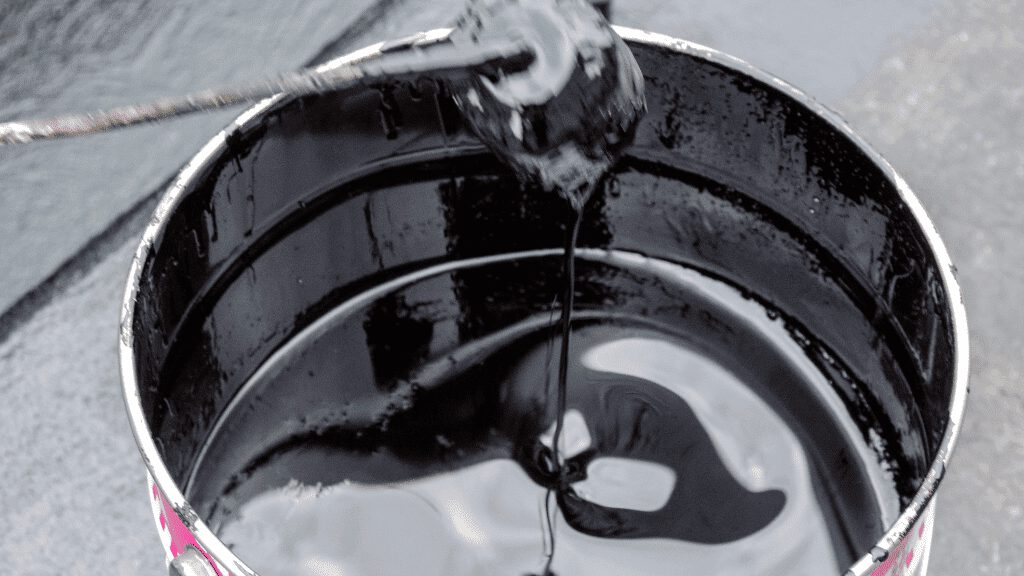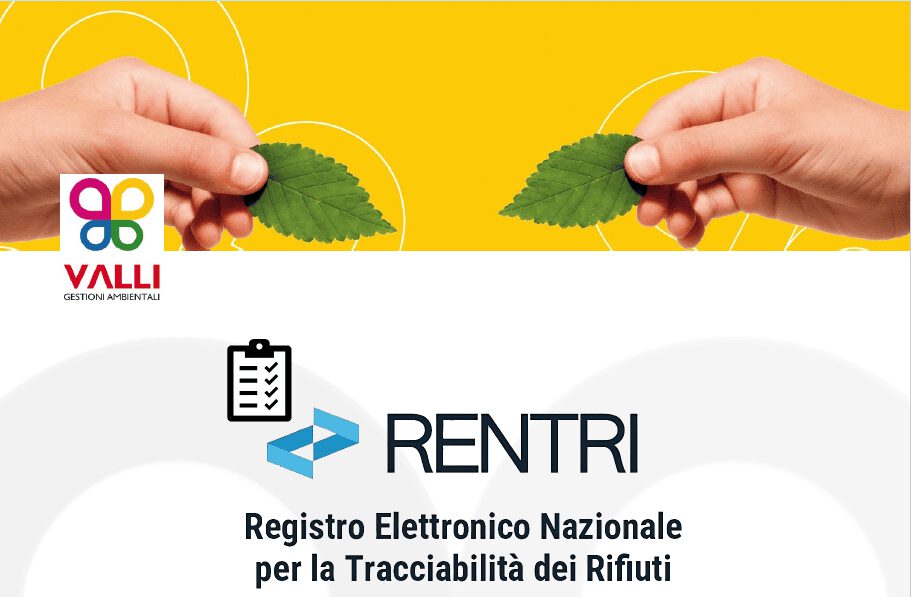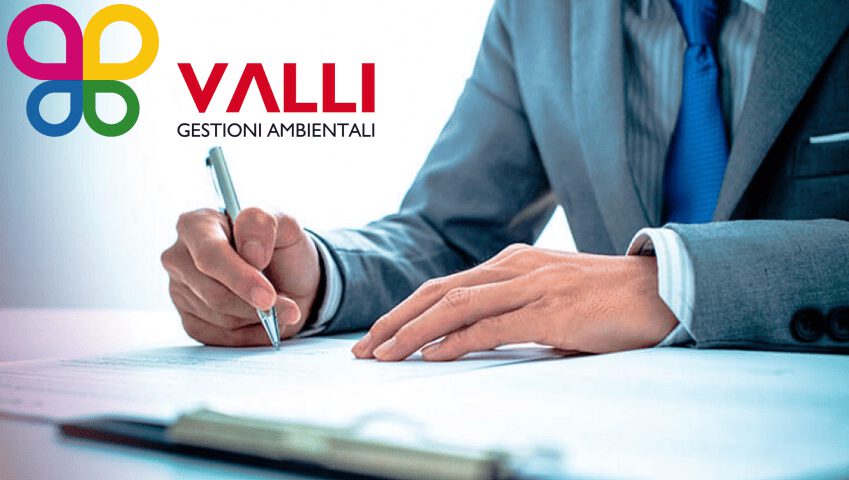The importance of properly managing waste from building materials is an issue that has become increasingly important in recent years, especially with regard to bituminous membranes.
This material, widely used in construction for its excellent waterproofing properties, at the end of its useful life must be disposed of following specific procedures to minimize the environmental impact.
In this article, we will explore everything you need to know about the EWC Code for bituminous membrane, offering you a complete overview ranging from waste classification to ecological management, passing through current regulations and disposal practices.
EWC code bituminous sheath
The EWC (European Waste Catalogue) Code for bituminous sheathing is essential to correctly classify this type of waste, thus ensuring that its disposal takes place in compliance with the environment and current laws.
This code, specific for bituminous sheath waste, helps to identify its nature and characteristics, simplifying management by companies specialized in disposal. It is a fundamental step towards a more sustainable approach in construction, laying the foundations for proper recyclability of the material or, when this is not possible, for its safe and controlled disposal.
Knowledge of the specific EWC code is therefore the first step for anyone operating in the construction sector and having to manage the bituminous sheath at the end of its life. This code not only facilitates the interpretation of regulations but also guides towards best disposal practices, ensuring that every action taken is for the benefit of the environment and in full legality.
How do you dispose of the bituminous sheath?
The disposal of the bituminous membrane, due to its complex nature and potential environmental impact, requires careful and precise management. After the initial separation from other building materials, it is essential that the bituminous sheath is entrusted to treatment plants that are not only specialized but also up-to-date on the latest regulations and technologies on recycling and disposal.
These centers use advanced methods to minimize environmental risks, transforming the material into reusable resources, such as components for new building products or additives for asphalt production, thus contributing to a circular economy.
The disposal process also adapts to the specific needs of the material and local regulations, ensuring that every step, from collection to final treatment, is carried out with the utmost attention to sustainability and safety. Through a responsible and conscious approach, it is possible to significantly limit the environmental impact of bituminous membrane, while promoting disposal practices that favor the recovery of materials and the reduction of waste.
This commitment to sustainability requires the collaboration of all actors involved, from construction operators to treatment plant managers, to ensure that the life cycle of the bituminous sheath is managed in the most environmentally friendly and efficient way possible.
Valli Gestioni Aziendale, as experienced professionals in the sector, masters the specific procedures for this type of waste, thus ensuring that disposal takes place in full compliance with current regulations.
How much does the disposal of the bituminous sheath cost?
The cost of bitumen sheath disposal can vary depending on several factors, including the amount of material being disposed of, the distance from the treatment plant, and the specific fees charged by the disposal service.
Despite this, investing in proper disposal is essential to avoid penalties and to actively contribute to environmental protection. It is advisable to request a detailed quote in order to evaluate what to do, request it now by clicking here!
Careful management of the bituminous membrane, including planning its disposal right from the design phase of the work, can help reduce overall costs. In addition, exploring recycling possibilities can offer additional economic opportunities, reducing environmental impact while generating reusable resources.
To find out more read this article !
Bituminous sheath disposal regulations
The regulations relating to the disposal of bituminous sheaths are dictated both at European and national level, with the aim of ensuring disposal practices that are safe for the environment and for people.
These laws clearly set out the procedures to be followed, the requirements for treatment plants and the responsibilities of waste producers. Knowing and complying with these regulations is essential for every company that manages bituminous membranes, in order to avoid penalties and contribute to a more sustainable future.
The regulations also emphasize the importance of waste traceability, from its production to final disposal, thus ensuring that every step of the process is documented. This not only facilitates control by the competent authorities but also incentivizes transparent and accountable management practices.
To find out more, consult the dedicated page on our website.
Classification of bituminous sheath waste
When it comes to disposal and recycling, the classification of waste plays a fundamental role, especially for specific materials such as bituminous membrane. This classification process not only helps to better understand how to handle these materials responsibly, but also serves to steer disposal practices towards the most sustainable and compliant options. For the bituminous membrane, a correct classification is the first step towards an ecological and efficient management of the life cycle of the material.
The classification of bituminous membrane waste is based on well-established criteria that take into account various aspects, such as material composition, the presence of potentially harmful substances and the potential for recycling. These criteria help to determine the hazardousness of the waste and, consequently, the most suitable procedures for its treatment. Classification is carried out through the assignment of a specific EWC Code, which identifies the type of waste and provides clear indications on how it should be managed.
List of the main criteria for classification:
- Presence of hazardous substances: Some bituminous membranes may contain harmful substances, such as asbestos or tar, which require special disposal procedures to ensure environmental and health safety.
- Material composition: The nature of the sheath components affects the classification. Pure materials or materials composed mainly of bitumen may have different uses than those with additives or contaminants.
- Recycle possibilities: Assessing the recycling potential of the material is crucial. Waste that can be recycled or reused is classified in a way that favors these options over landfilling.
- Physical state: The physical condition of the bituminous membrane, whether in intact rolls, fragmented or mixed with other building materials, can affect the classification and methods of disposal.
The correct classification of bituminous membrane waste is a key element for responsible environmental management. Not only does it allow you to adopt the safest disposal practices that comply with current regulations, but it also paves the way for recovery and recycling opportunities, reducing the overall environmental impact. Through awareness and enforcement of classification criteria, we can help promote a more sustainable and environmentally conscious construction industry.
Ecological management of bituminous sheath
Promoting ecological management of the bituminous sheath means not only following the regulations for disposal but also exploring alternative ways such as recycling and recovery. Innovations in the waste treatment sector have made it possible to transform bituminous sheathing into new resources, reducing the amount of material destined for landfills and mitigating environmental impact.
Green management includes adopting sustainable practices at all stages of the bituminous membrane’s life, from installation to maintenance and finally disposal. This approach not only improves environmental impact but can also offer economic benefits by promoting more sustainable and responsible construction.
Through this article, we have explored the various aspects related to the EWC Code for bituminous membranes, from its classification to disposal, passing through regulations and ecological management practices. It is clear that an informed and responsible approach to the management of this material is not only essential for the protection of the environment but also represents an opportunity to advance towards a more sustainable and conscious construction industry.
Bituminous Sheath Disposal: rely on Valli Gestioni Ambientali
Discover Valli Gestioni Ambientali, the cutting-edge company in the waste disposal and recovery sector. With two strategic plants in Gorlago (BG), we cover not only the main cities of the North, but also the Center and South of Italy, offering specialized services directly or through authorized subcontractors.
Valli Gestioni Ambientali is able to provide for the classification of waste with analyses carried out by accredited laboratories and the disposal of bituminous membranes, whether they are classified as hazardous or non-hazardous.
Thanks to our integrated management system, we ensure not only maximum operational efficiency, but also a positive environmental impact and cost reduction for our customers.
Valli Gestioni Ambientali has established itself as a leader in the materials recycling sector for over fifty years, facing some of the most demanding challenges in waste disposal management. With proper facilities and highly trained personnel, we ensure excellent service and tangible environmental benefit for all our operations.
Choose the quality and reliability of Valli Gestioni Ambientali for responsible waste management.
If you are looking for a company that deals with waste disposal, fill out the form to be contacted by an expert as soon as possible!




